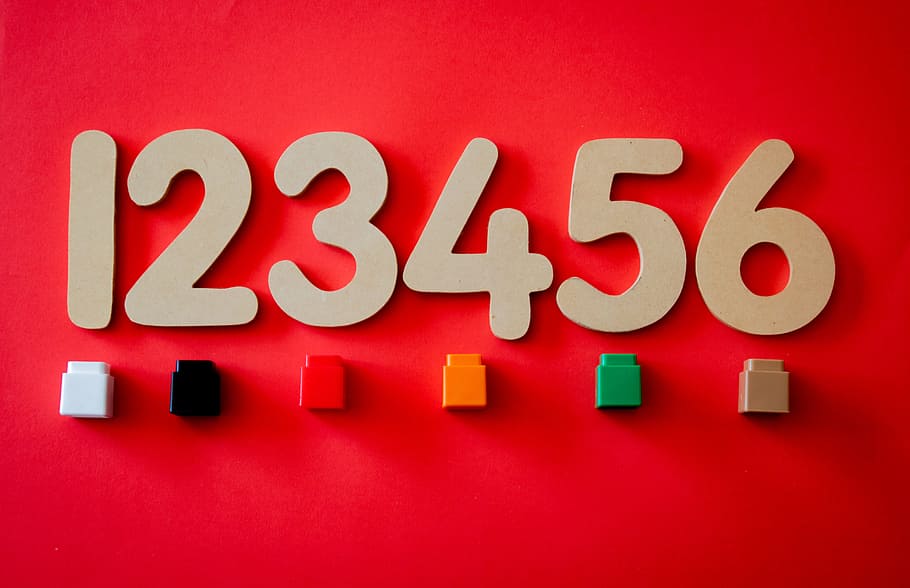An rv jack is an example of a hydraulic cylinder. The cylinder has two pistons mounted to its top and bottom plates. Each piston head has a cylindrical rod extending out which act as the “joint” for the rv jack’s crank arm assembly.
Each cylinoid joint houses multiple cylinders that are each connected by their own rods (the ones that attach to the crank arms). The cylinders are filled with oil or gas, depending upon how much force is needed to lift the load connected to the rv jack. When you turn the handlebar area on one side of the rv jack, it moves up and down along with its counterpart side–which is why there are 2 sides inside each jack housing.
When a cylinder has a hole or cracks near the threaded area, it needs to be replaced. In cylinoid’s case, the head comes off of the piston rod and you need to put in a new one. It is fairly easy to replace these cylinoids because they come out from the top–you don’t have to turn over your rv jack for this repair.
You can either get a brand new cylinoid or a re-conditioned one. A re-conditioned one might cost more but if you’re going on some long journey, it would be better not to take any chances with your rv jack not working when needed most.
How To Repair RV Jack Cylinoids?
1. Set the rv jack upright on a flat stable surface to work with it, clear of obstructions.
2. Loosen and remove the bolts that attach the crank arm assembly (the long arms) to the top plate of each rv jack housing (you’ll see 2 separate crank arm assemblies attached like this). Remove these crank arms after loosening but do NOT lift up the entire rv jack–leave it there on its own weight; you don’t want to be moving around or pulling on any of those hoses or wires which are connected between both housings.
3. You will now see a hook at one end of each cylinder rod sticking out from inside the cylindrical housing. With a suitable tool (pliers, adjustable wrench), grab hold of this hook and pull the entire cylinder rod out from the housing. It might be tight so you may have to use some force.
4. Once the cylinder rod is out, you will see the head of the piston attached to it. This is where the hole or crack is located. If the hole is not too big, you can try to fix it up with some epoxy or sealant–or even JB Weld if you’re desperate. If that doesn’t work, then just replace the entire piston rod with a new one (they’re not that expensive). Make sure that you clean off all the old sealant/epoxy/JB Weld before you attach the new one.
5. Reinstall the cylinder rod with a new piston head or the repaired one back into the crank arm assembly that you removed earlier in step 2.
6. Now back to re-installing this rv jack, attach each crank arm assembly back onto its housing carefully (do NOT tighten them–they should be loose). Make sure they’re positioned correctly and that all wiring, hoses and whatever else is hooked up still work before turning your attention to the other side of your rv jack. Do steps 1 through 6 for both sides of your rv jack housing(s) to finish repairing it/them!
Conclusion:
If you have a good understanding of How To Repair RV Jack Cylinoids and what goes into its repair, then it should be easy to repair the one that you have. Just don’t forget to get a brand new cylinoid or a re-conditioned one if you do not want to take any risks with your rv jack when it’s needed most!





